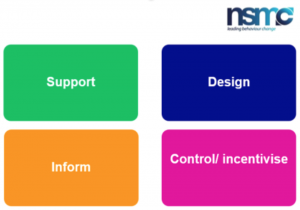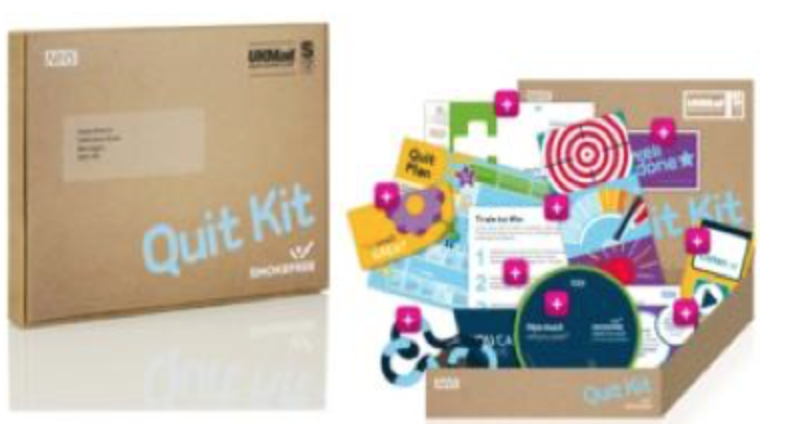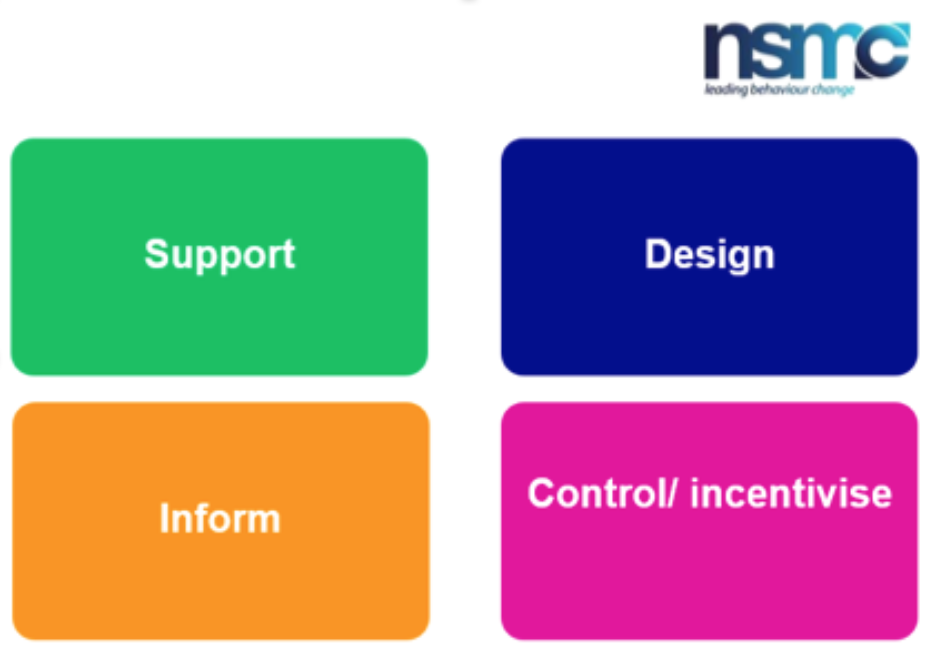Article written by Rowena Merritt, Director, National Social Marketing Centre
By the time you start developing your intervention mix, you have done your research. You know who you target audience is. You know exactly what behaviour you want them to do. You understand your target audience’s:
- current knowledge and attitudes towards the behaviour you are trying to change;
- who influences them;
- what they are interested in and care about (including their ambitions);
- and, most importantly, you understand the benefits they currently receive from doing the behaviour you are trying to change.
Without understanding the benefits currently received (whether actual or perceived), it is impossible to offer an exchange which will make your target audience change their behaviour.
For me, this concept of exchange is what makes social marketing interventions work; unless you offer your target audience the same benefits or better benefits, why would they change their behaviour?And there are always benefits of doing a negative behaviour. If you ask someone why they smoke, even when they know it is bad for them, they might say: “it helps me relax”, or “it is my ‘me time’” (especially if they smoke in their garden as oppose to in their house as this allows them a legitimate break from the kids – they are protecting the kids my smoking away from them).
When I have done research with young people around underage drinking, they have told me that alcohol makes them feel more confident and attractive. We want young people to feel confident and happy with their looks – but we want them to do this without the help of alcohol. So, if I want a young person to stop drinking alcohol, I must find another way to replace the benefits currently gained by drinking and offer them an even better exchange.

When thinking of your exchange, you must also remember that benefits are what people want, not always what they need in any objective way. The young men I interviewed around binge drinking did not want to be safe and well as much as they wanted to feel macho and “one of the lads”. To be effective with these young men, we must identify an exchange that meets their wants, as well as their needs.
The exchange does not need to be facts and figures, or factual features of your new service or product. In fact, it should be a feeling, an emotion. Think about perfume makers - what are they really selling you? Smelly water! But they do not tell you that. Instead they sell you a feelingof sophistication, joy, and pleasure from wearing their perfume.
The intervention mix you develop should be based on the key insights (which I explained how to generate in my last blog titled ‘Selecting Your Target Audience and Generating Insight’). Insight is often referred to as a ‘deep truth’ about the customer, based on their behaviour, experiences, beliefs, needs or desires; something that resonates with your target audience.
For me, coming from a commercial marketing background, I simply refer to it as the ‘emotional hook’. Commercial companies understand that theircustomers buy on emotions and not on logic. Think of the recent KFC advert titled “Families”. [RM1] In the advert you see a nervous and withdrawn boy come to live with a new family. You realise part way through the advert that he has probably been adopted. He remains shy and reserved until the adoptive parents buy a KFC bargain bucket! Who knew KFC could solve so many social issues?!?
Using the key insights. you can develop an intervention mix which provides the target audience with a clear exchange (that they want and not just need!).
In social marketing we usually use four key ways to influence behaviour change: 1) inform/educate, 2) support; 3) design; and 4) control. It is those four domains which make up what the NSMC refer to as the ‘intervention mix’. Single, isolated interventions can rarely influence behaviour significantly. In order to achieve a behaviour change, and to sustain this behaviour over time, a range of approaches are required. Hence, we usually need a mix of methods and approaches highlighted in the intervention mix.

In relation to the Inform domain of the intervention mix, we think about what information or educational work we can do to help the target audience change their behaviour. This might involve communicating the benefits the target audience care about, as well as giving helpful tips. For example, if you want people to recycle, you may need to start by giving them information on what can and cannot be recycled in the UK.
With the Support domain, we think about how we can support the behaviour change. In the UK, we know that most smokers want to give up smoking by going ‘cold turkey’. The evidence suggests that this is often a very unsuccessful method, but if that is what people are determined to try first, then how can we support them? The NHS developed a Quit Kit to help support this segment, and offer Stop Smoking Services for another audience segment who want more face-to-face support.

The Design domain explores how the environment could be changed to support the desired behaviour change. For example, if you want people to slow down in a residential area, a design intervention could be speed bumps or signs which flash the speed at which the car is travelling.
Finally, the Control domain looks at how you can legislate or change policy to stop or make the negative behaviour more difficult to do. The smoking ban is a good example of this type of intervention.
To be honest, the Control domain is the one I struggle with the most. The US model of social marketing is rather different from the European one. In the US they would not consider control mechanisms, as they focus on achieving voluntarybehaviour change. I personally believe you cannot legislate for many of the projects I work on; for example, you cannot force people to exercise more in their free time or force them to breastfeed. So, for me, the Control domain is more about incentives and disincentives – how can we disincentivise the negative behaviour, and incentivise the positive behaviour change? For example, if I wanted people to use car seats for their children, I could subsidise the car seats to make them more affordable (as believe me, with two children of my own, I know how costly they can be!).
You do not need to use all four domains, but I certainly find it helps to use as many as you can, and at least to consider them all when developing your intervention mix.
On the NSMC’s Showcase website, there are lots of case examples which show how the concept of exchange has been used in other social marketing projects, as well [RM2] as the intervention mix.


